Paracetamol can be given to children and adults, although dosage may vary due to age. Paracetamol can be administered in various ways – it can come in the form of swallowable tablets, rectal suppositories, oral suspension, and syrups. Generally, Paracetamol is considered a safe drug, but there are contraindications to its use.
Paracetamol – is a drug that has analgesic and antipyretic effects. It also has an anti-inflammatory effect, but it is feeble. It is used in weak and moderate pain. Its action is based on blocking the synthesis of prostaglandins, responsible for pain sensations, in the central nervous system. Paracetamol is also sometimes one of the components of different drugs for specific ailments.

Paracetamol is one of the world's most widely used analgesics and antipyretics and is recommended for primary use. Its effect develops 15-30 minutes after oral administration, and its maximum serum concentration is reached after about 60 minutes. After intravenous administration, the analgesic result is faster.
Drugs with Paracetamol directly affect the central nervous system, that is, the brain and spinal cord, inhibiting pain sensations. Thanks to all the above properties, Paracetamol can be used effectively for ailments such as:
Paracetamol is not only used ad hoc to reduce fever or abolish mild to moderate pain but is also the recommended oral analgesic of first choice for chronic use, for example, in the symptomatic treatment of mild to moderate pain in osteoarthritis and muscle and tendon pain. In addition, it is the drug of choice for patients in whom nonsteroidal anti-inflammatory drugs![]() , such as ibuprofen, are contraindicated.
, such as ibuprofen, are contraindicated.
Paracetamol is effective and well tolerated and does not irritate the mucous membrane of the stomach and intestines. Paracetamol, used in therapeutic doses, is considered a safe drug, confirmed by the fact that it is approved for use in pregnant women and children. Therefore, Paracetamol is a safe drug for the following groups:

Paracetamol has become one of the most popular painkillers due to its effectiveness and mild effects. Even pregnant women![]() can use it, as it does not increase the risk of miscarriage, has no teratogenic impact, and does not cause malformations in the fetus. Doctors warn, however, that too long-term and too frequent use of Paracetamol during pregnancy can cause malformations in the baby.
can use it, as it does not increase the risk of miscarriage, has no teratogenic impact, and does not cause malformations in the fetus. Doctors warn, however, that too long-term and too frequent use of Paracetamol during pregnancy can cause malformations in the baby.
Paracetamol also does not affect the blood clotting process and platelet aggregation, so that the drug can be used in people with clotting disorders, hypertension, and stomach ulcers. Paracetamol can be safely used even in infants. Infants cannot swallow the tablet, so several forms of Paracetamol are available for children and infants.
The body quickly absorbs Paracetamol; in most cases, it is a safe drug, but it is worth knowing how to use it properly. It is easy to overdose on Paracetamol because many other drugs contain this ingredient in their composition. Also, for some people, even a daily dose is not advisable. Before taking Paracetamol, consult your doctor or pharmacist if you are struggling with the following:
Those suffering from chronic liver disease (including alcoholics![]() ) or kidney disease, as well as those struggling with significant underweight and general cachexia, are particularly susceptible to the toxic effects of Paracetamol, as they develop a deficiency of cysteine, and what follows is a decrease in the amount of glutathione in the liver. In these people, taking a daily dose of Paracetamol or more can lead to liver damage and paracetamol poisoning.
) or kidney disease, as well as those struggling with significant underweight and general cachexia, are particularly susceptible to the toxic effects of Paracetamol, as they develop a deficiency of cysteine, and what follows is a decrease in the amount of glutathione in the liver. In these people, taking a daily dose of Paracetamol or more can lead to liver damage and paracetamol poisoning.
According to the attached leaflet, Dosing Paracetamol poses a low risk of side effects. But Paracetamol, like each drug, has side effects that can occur in some people. Particularly in the case of an overdose of Paracetamol, side effects can make themselves apparent. Also, Paracetamol combined with different substances can have harmful effects on health. Side effects of Paracetamol include:
Taking this drug in the recommended therapeutic doses is relatively safe and does not result in the appearance of dangerous side effects. But in exceptional cases, allergic reactions![]() , gastrointestinal and liver disorders can occur even at therapeutic doses. If there is a rash, itching of the skin after Paracetamol, or swelling, it should be discontinued – it indicates an allergy to the substance.
, gastrointestinal and liver disorders can occur even at therapeutic doses. If there is a rash, itching of the skin after Paracetamol, or swelling, it should be discontinued – it indicates an allergy to the substance.
Paracetamol can cause poisoning, especially in seniors, young children, and in cases of liver disease, long-term alcohol abuse, long-term malnutrition, and in patients using liver enzyme-inducing agents. Overdose, in these cases, is dangerous and can cause death. Paracetamol poisoning is the leading cause of acute liver failure in many countries.
Paracetamol may affect the results of laboratory tests, for example, the determination of glucose or uric acid in the blood. Therefore, taking Paracetamol before blood tests is not recommended, as it can affect the falsification of results.
Paracetamol requires an appropriate dosage. The amount of a single dose of this drug is determined by body weight, and age is sometimes an additional criterion. There are general dosage standards for Paracetamol for children and adults, but remember that the daily recommended dosage may be different for various medical conditions or underweight.

The recommended oral single dose of Paracetamol in adult patients is 500-1000 mg. The drug can be taken 3-4 times a day, then where it is necessary. The maximum permissible daily dose of the medicine for adults weighing over 50 kg is 4000 mg daily.
The dosage of Paracetamol for children depends on their body weight. The standard amount of Paracetamol is 10-15 mg/kg of body weight. It can be repeated every 4-6 hours. Exceeding the maximum daily dose of 60 mg/kg body weight is not recommended.
Paracetamol dosage should be at most every 4 hours and up to 4 times daily. In the case of children, it is not applicable to administer this drug before three months of age.
Also, medical consultation is required before distributing it to a child who has not yet reached the age of 2. In the youngest, the most common form of administration of Paracetamol is syrup and suppositories. It prevents choking on the pill.
Symptoms of paracetamol overdose begin about 4-5 hours after taking the drug. The dosage of Paracetamol must always be as recommended in the leaflet. Do not shorten the intervals between doses of the drug. You also have to check the composition of the preparations you are taking carefully so you do not accidentally use two agents with various names containing the same active substance.
Symptoms of overdose include:
The initial symptoms are typical gastrointestinal symptoms. However, a significant overdose of this drug can lead to severe liver failure and even death. In most people who overdose on Paracetamol, gastrointestinal symptoms pass, and liver damage does not occur. However, this can happen when the second stage of paracetamol poisoning occurs. The most vulnerable to paracetamol poisoning are malnourished people and alcohol abusers.
When poisoning occurs, and it is known that it was caused by taking too large a dose of paracetamol tablets, it is necessary to take appropriate steps to prevent the consequences from progressing in time. It is essential then to seek medical help and go to the hospital.
To stop the adverse effects of poisoning, a substance called N-acetylcysteine![]() is used in a hospital setting. This substance neutralizes the effect of Paracetamol. The earlier N-acetylcysteine is administered the less danger of permanent damage to health.
is used in a hospital setting. This substance neutralizes the effect of Paracetamol. The earlier N-acetylcysteine is administered the less danger of permanent damage to health.
The clinical picture of a patient poisoned by Paracetamol is multiphasic. Symptoms of paracetamol overdose can be noticed as early as a few hours after taking the drug. The first symptom is nausea and vomiting.
Symptoms of acute liver failure occur 2-3 days after paracetamol poisoning. It increases the risk of late inclusion of an antidote for Paracetamol, decreasing the chances of survival of a person overdosing on this drug.
Paracetamol is a well-recognized and frequently used drug, but it is worth reviewing views on its safe dosage. It is especially true for patients with liver failure, children, and seniors.
When taking Paracetamol, it is essential to remember that this drug can interact with different preparations we use and with food. Some medications or food can weaken or increase the medicine's strength.
Nutritional products that affect the effect of Paracetamol include:
Garlic is often used for flu and cold conditions. However, excessive amounts can increase the risk of liver damage with paracetamol therapy. If you have a viral infection or a cold, reach for Paracetamol or garlic. Combining the two can lead to liver damage.
On the other hand, the caffeine in coffee can enhance the effects of the drug, so be careful about the amount of coffee you consume when dosing with Paracetamol.
Paracetamol with alcohol![]() also has a harmful combination for the liver. You should beware of alcohol when taking Paracetamol, as there is a high risk of liver damage.
also has a harmful combination for the liver. You should beware of alcohol when taking Paracetamol, as there is a high risk of liver damage.
Drugs with which Paracetamol interacts:
Women taking hormonal contraception should be aware that it can intensify the elimination of Paracetamol from the body, significantly reducing its effectiveness. As a result, some patients take larger doses of Paracetamol to achieve the desired therapeutic effect, which compounds the risk of side effects.
On the other hand, Paracetamol should especially not be combined with drugs that taper acetylsalicylic acid. Such drugs belong to, among others, aspirin. Concomitant use of aspirin and Paracetamol causes an increase in the concentration of both drugs in the blood and aggravation of side effects.
Paracetamol can also interfere with the results of anticoagulants. In addition, Paracetamol should not be combined with some antidepressants, as the combination can reduce their effect and burden the liver.
Thus, antiepileptic drugs, in combination with Paracetamol, can cause liver damage. That's why you should always consider the medications you take regularly with your doctor. It will reduce the risk of interacting with these substances and prevent adverse complications.

When the valuable effects of Paracetamol were discovered in the 1980s in the 20th century, the drug became a very commonly used substance in treating pain. Both adults and children use it for the goal of relieving fevers. Paracetamol has analgesic and antipyretic effects but no anti-inflammatory effect. Drugs with Paracetamol have a direct impact on the central nervous system, inhibiting pain sensations.
Paracetamol has a wide range of applications and can be used for various types of pain. It is considered a safe drug. It can be taken even by pregnant women and children but with caution. This is because there are cases of overdose, which in severe conditions, can end in death. Some people should not use Paracetamol. Among them are patients with liver problems, including alcoholics.
Paracetamol, like each different drug, has side effects. Among other things, it can cause an allergic reaction. In the event of an overdose of Paracetamol, medical help should be sought immediately. Paracetamol should not be taken with certain drugs and foods, as some combinations can harm health or impair the function of drugs.
Table of Contents
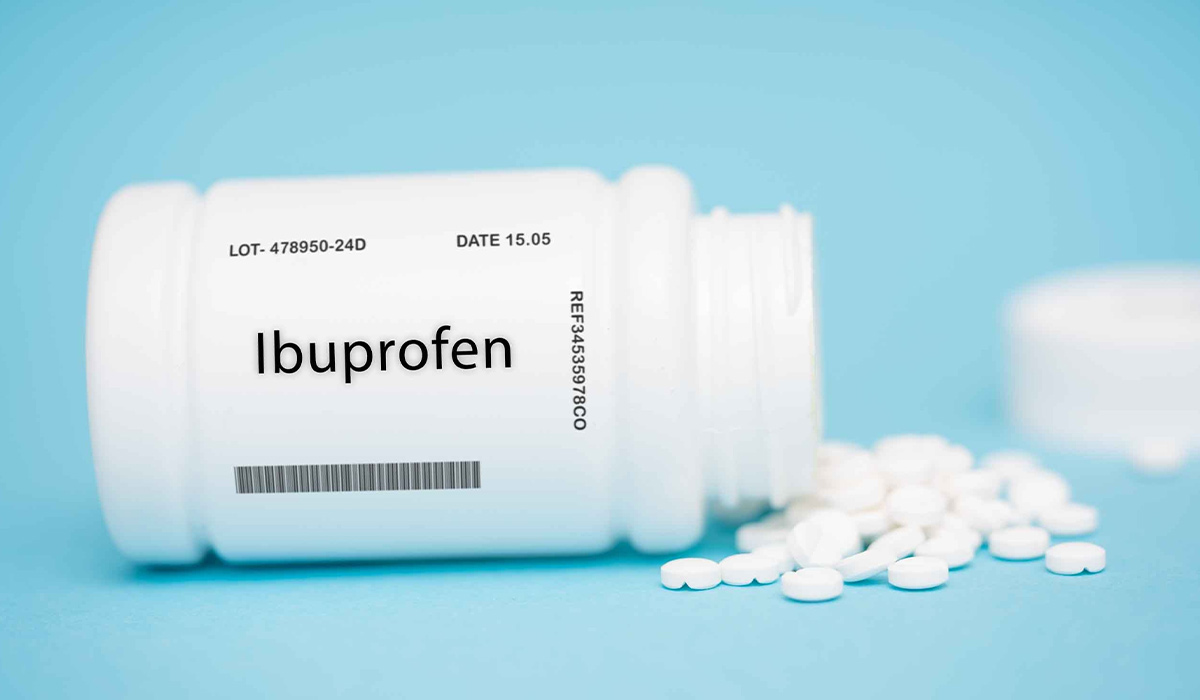
Ibuprofen is used for various types of pain, inflammation and fever. It is considered a safe drug, but has side… read more »

If food is spoiled, undercooked, or contains certain types of bacteria, toxins, or other harmful substances, it may cause food… read more »

Sun Poisoning is a more severe form of sunburn. Additional distressing symptoms may occur. Learn about the effects of sun… read more »

Magnesium glycinate is one of the safer forms of magnesium. Find out what functions the glycinate component has. Learn about… read more »

Xylitol can be a sugar substitute. The substance has many health benefits, but can cause side effects. Learn about the… read more »
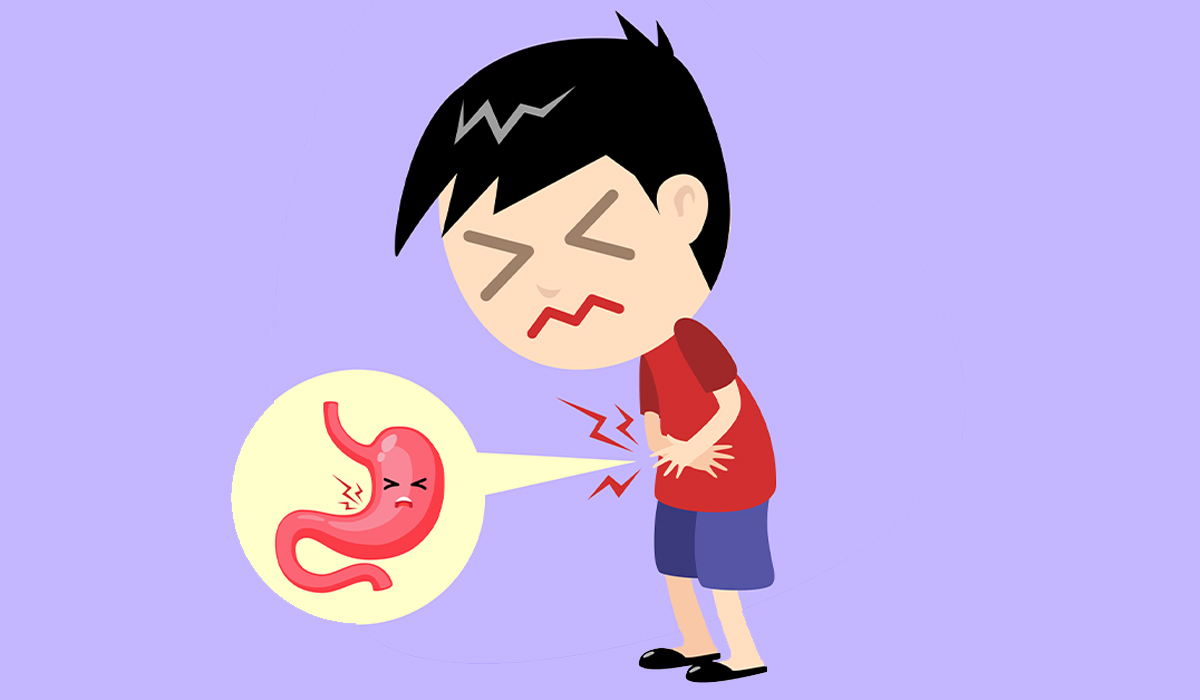
Gastroenteritis is a diarrheal disease. Viral infections are a common cause. How to recognize it? How is gastroenteritis treated? read more »
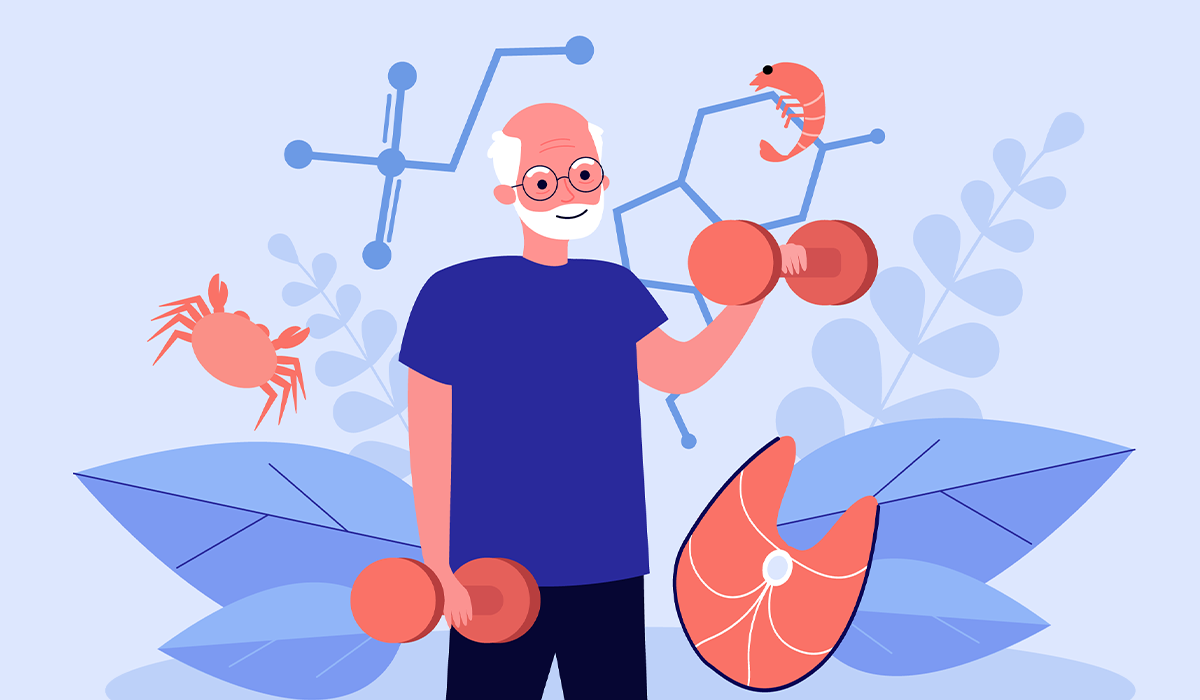
Taurine is an amino acid with many health benefits. In order to enjoy the properties of taurine safely, learn about… read more »
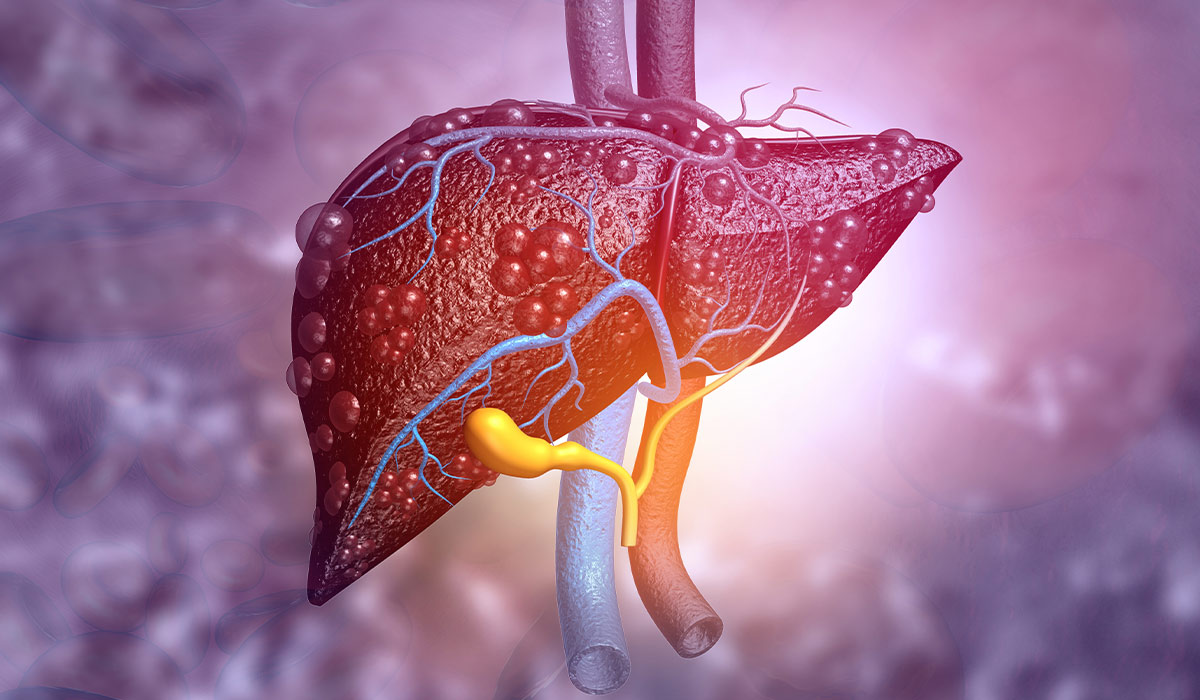
Fatty liver is a condition in which fat builds up inside the liver. It usually doesn't cause symptoms and is… read more »
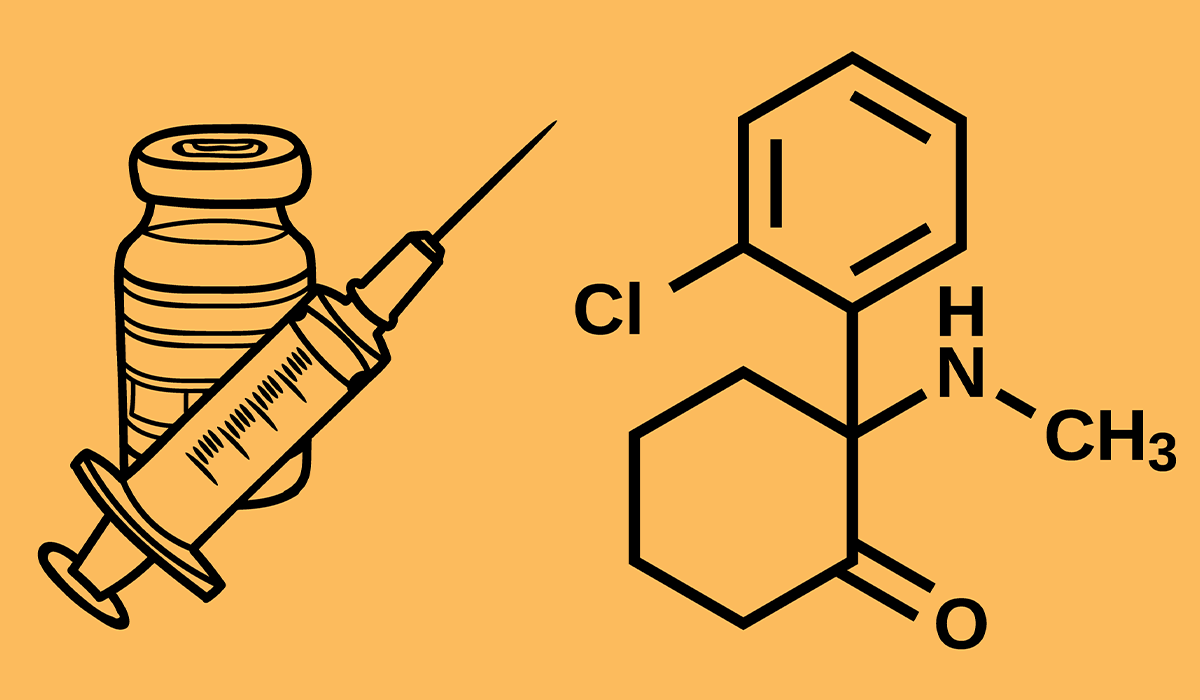
Ketamine is a drug used for anaesthesia or treatment of various conditions. However, the substance can pose risks. Find out… read more »